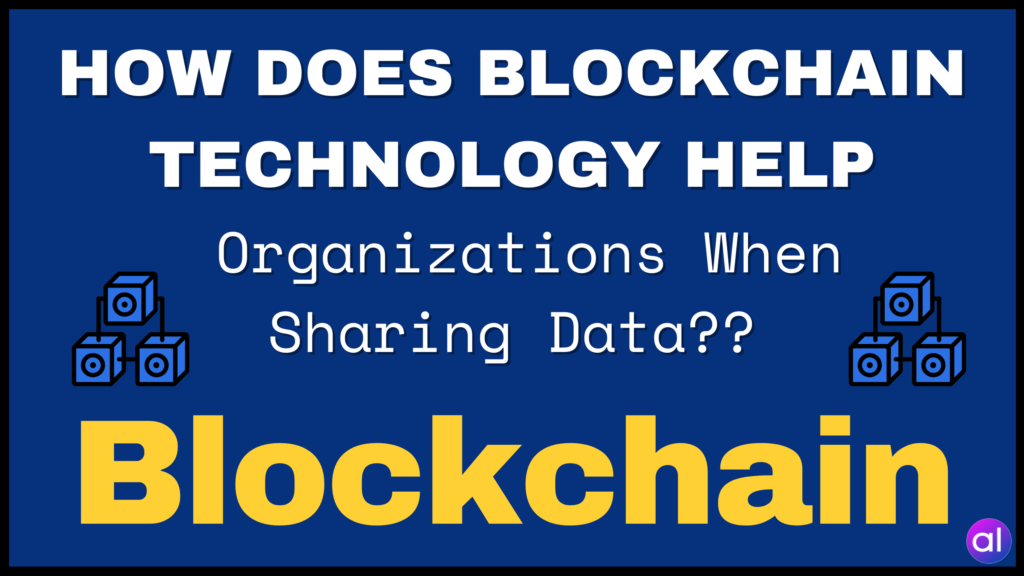Mastercard is fully committed to blockchain technology. Just recently, the payments giant unveiled a debit card in partnership with MetaMask that allows users to spend self-custodied tokens at any store or website that accepts Mastercard (which, let’s face it, is almost everywhere).
“We are expanding this crypto purchasing power to our 100 million-plus acceptance locations,” stated Raj Dhamodharan, Mastercard’s head of crypto and blockchain, in an interview with Decrypt. “If consumers are interested in using it, we want to facilitate that in a secure manner.”
For security reasons, the new MetaMask Card is not compatible with most cryptocurrencies. You won’t be able to buy a plane ticket with Pepecoin or a sandwich with SHIB. The card only supports dominant stablecoins like USDT, USDC, and wrapped Ethereum.
As traditional finance and blockchain technology continue to merge, stablecoins have gained popularity as a reliable method of bridging off-chain and on-chain worlds.
However, while Mastercard believes in the transition of traditional finance to blockchain, the company’s leadership is cautious about putting stablecoins at the forefront of this shift.
Dhamodharan and his team are exploring an alternative system to stablecoins that does not prioritize crypto companies like Circle and Tether but keeps payment services like Mastercard and traditional banks at the core.
Central to this strategy is leveraging the potential of bank deposits, which currently exist on digital ledgers but not on-chain. Dhamodharan estimates that around $15 trillion worth of digital bank deposits exist in the US alone.
Last year, Mastercard introduced the Multi-Token Network (MTN) program, allowing bank deposits to symbolically exist on-chain and power commerce without requiring banks to integrate with Ethereum. The company launched its first pilot program in May, tokenizing carbon credits in Hong Kong.
Mastercard envisions real-world assets like real estate and commodities going digital and existing on-chain in the near future. This shift could unlock trillions of dollars in value for digital economies, provided individuals and institutions have easy access to funds for this new financial landscape.
While crypto firms are developing on-chain systems for future commerce, Mastercard believes that the masses may prefer to stick with traditional currencies and avoid dealing with new currencies and third parties.
“Traditional banking drives our economies today, supported by a regulatory framework we have come to rely on,” Dhamodharan explained. “It just hasn’t fully embraced the potential of technology yet, which we aim to address.”



